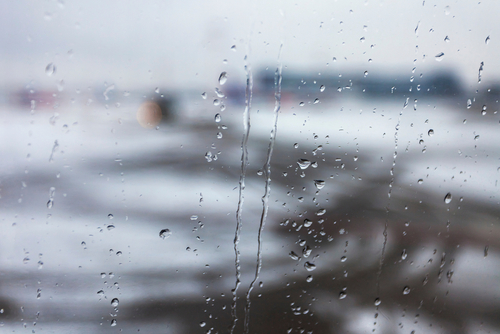
As the seasons change to colder weather, the National Transportation Safety Board has issued a Safety Alert for pilots concerning the risk of wet snow and icing conditions.
The “Flight in Snow” safety alert guides pilots, dispatchers, and operators during wet snow and icing conditions. Wet snow is snow that either contains particles of liquid or falls alongside particles of liquid. The liquid in wet snow can create unsafe flight conditions through structural, engine, and windshield ice accumulation, the NTSB said.
“As we go into the fall season with cooling temperatures, pilots need to remain vigilant for snow and icing conditions,” said Dana Schulze, Director of the NTSB’s Office of Aviation Safety. “Pilots must conduct a pre-flight, comprehensive review of weather, including an assessment of the potential for icing, particularly when snow is part of the forecast.”
According to the NTSB’s Safety Alert SA-082, when faced with wet snow, pilots, dispatchers, and operators should consider the threat of icing and follow icing mitigation or avoidance procedures; be honest with themselves about their skill limitations and plan for cancellations and diversion alternatives; ensure risk assessment for flight include a review of the potential for icing, and contain more than just a review of ceiling and visibility conditions; and consider training to include information on the various snow types.
Earlier this month, a cold front dropped out of Canada and dropped snow from the Dakotas to Colorado. In Denver, temperatures dropped from the 99 degrees on Sunday, Sept. 6 to 37 on Tuesday, Sept. 8. According to the Denver Post, some areas of the state received as much as 7 inches of snow.